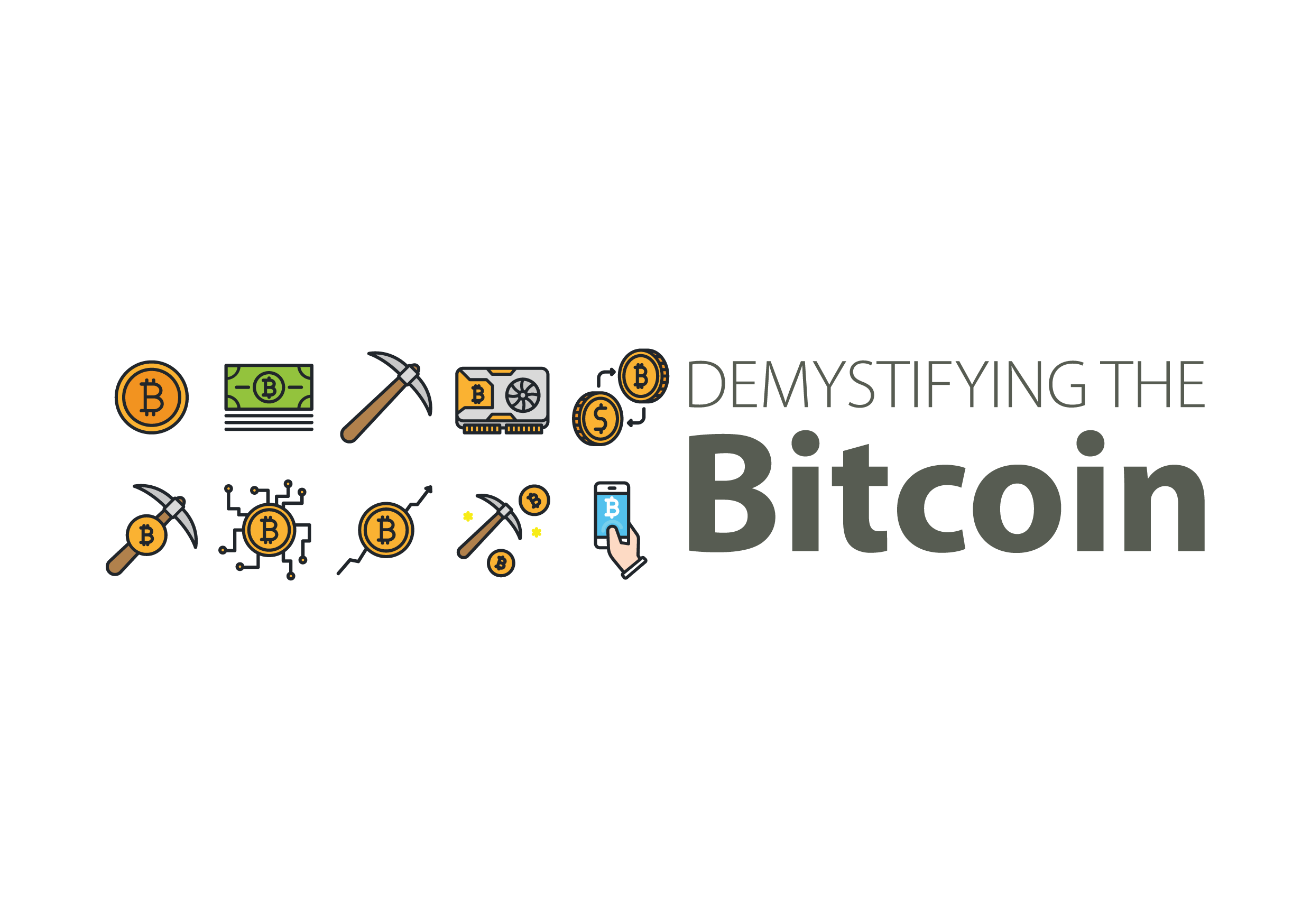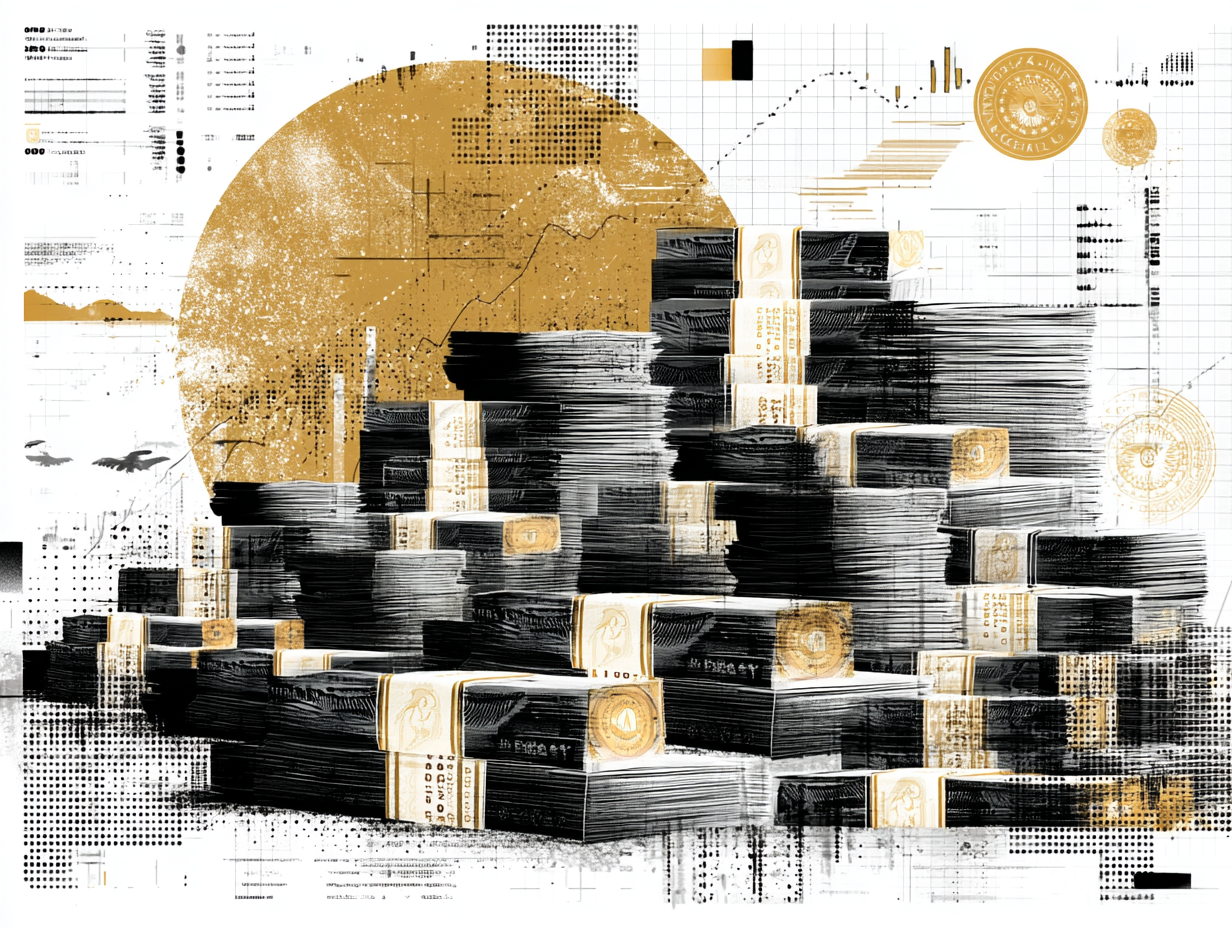THROUGHOUT THE AGES, MANKIND HAS FOUND INGENIOUS WAYS OF MAKING TRADING AND BUSINESS TRANSACTIONS EASIER. IT ALL BEGAN WITH THE BARTER SYSTEM, THE SIMPLE EXCHANGE OF GOODS OF EQUAL OR SIMILAR VALUE, WHICH EVENTUALLY LED TO THE INVENTION AND CREATION OF MONEY USING PRECIOUS METALS. LATER ON PAPER MONEY WAS INTRODUCED AND NOW AS WE ADVANCE THROUGH THE HIGH TECH AGE, USHERS IN CRYPTOCURRENCIES.
Crypotcurrency – a strange term to most ears, but defined as “a digital currency in which encryption techniques are used to regulate the generation of units of currency and verify the transfer of funds, operating independently of a central bank.”(OxfordDictionaries.com). There’s been a lot of buzz over the past few years and lot more questions still. At the centre of all this hype is the Bitcoin, the “father” of all cryptocurrencies.
8 years ago, an anonymous Japanese programmer named Satoshi Nakamoto, created Bitcoin as a transparent and decentralised digital payment system. The motive was to create a digital currency that could be easily transferable globally at very low fees and without any third party involvement i.e a bank.
Obviously the first question in mind would be, how does it work?
Let’s use the simple analogy of a cake to give you a basic understanding of how Bitcoin works. The only catch is we don’t actually have a physical cake. It’s a digital cake. Imagine I want to share this digital cake: how will I send it to you? And most important of all how will you be sure you’re the only one I’m sending it to? There could be millions floating around in digital space that anyone can download. To make sure this whole process is transparent; I decide to host a digital party of sorts. I create a group and use it to send out invitations with a secret password to your friends to witness this event. They all know there is only one cake available, and if you so wish you can share that cake with all of them using the same group that was created. You could share just a crumb or the entire cake with one or more people on the group.
Now that we have that out of the way, let’s put this all into context. Being a digital currency, means it isn’t based on any traditional commodity like silver or gold. Bitcoin is based on mathematical proof. To put it more simply, it’s all dependent on the solving of math problems by specialised formula. The formula itself is open source and can be viewed by anyone.
Coins are created using blockchain technology in a process called “mining”. It makes use of a public ledger system distributed over a network where a community of miners using specialised software and hardware, verify all the transactions taking place and are rewarded with Bitcoins and transaction fees. Like actual mining, this process is labour and resource intensive, but the overall goal is to make new currency available at a steady rate in a secure manner. However, the supply is limited; the Bitcoin protocol stipulates that only 21 million Bitcoins can ever be created. When this number is reached, actual coin rewards will cease and miners will solely be rewarded with transaction fees.
If mining does not appeal to you and you do have some cash lying around, the easiest way to own a Bitcoin is by simply purchasing from an individual or one of the many coin exchanges online. One doesn’t even need to buy a whole Bitcoin, remember our cake analogy? One can purchase anything from one hundred millionth of a bitcoin (0.00000001) to a full coin.
After all the mining, you definitely need to store your hard earned coins somewhere, that is where the bit wallet comes in. The wallet is actually a digital record of your coin holdings and allows you to access and spend your coins. It works by generating a public address that you can use to send or receive coins, as well a private key that acts as a signature and proof of ownership. Wallets come in a variety of options, actual wallet software or apps, online wallets and even physical hardware wallets that allow you to store your credentials offline.
So now you have your Bitcoins and you’re wondering what next? You can simply sit back and wait for your investment to grow or you can use them to pay for goods and services at any Bitcoin accepting store. It has been used to pay for pizza delivery, plane tickets, a hotel room and even buy real estate. As of 2015, there are over 100,000 listed merchants and firms accepting this form of payment around the world, including PayPal, Microsoft and Dell.
A FEW DEFINING CHARACTERISTICS OF BITCOIN TO REMEMBER
- Not controlled by any central or governing authority and cannot be tampered with. The coin network is designed to work together and to ensure a continual supply of money even if part of the network goes offline or stops working for whatever reason..
- Bitcoin accounts are easy to set up, requiring no personal information, ID, fees etc. Traditional banks require quite a bit of proof before opening an account
- Your personal details aren’t linked to your coin account/address. However, your address is public in the coin ledger system and the amount of coins held is visible to all on the network. Changing your address from time to time can ensure some form of privacy.
- Fees are non-existent for international transfers in Bitcoin plus Sending money anywhere takes mere minutes. There is a downside though. Once you send your coins, the transaction is irreversible and you cannot get them back.








